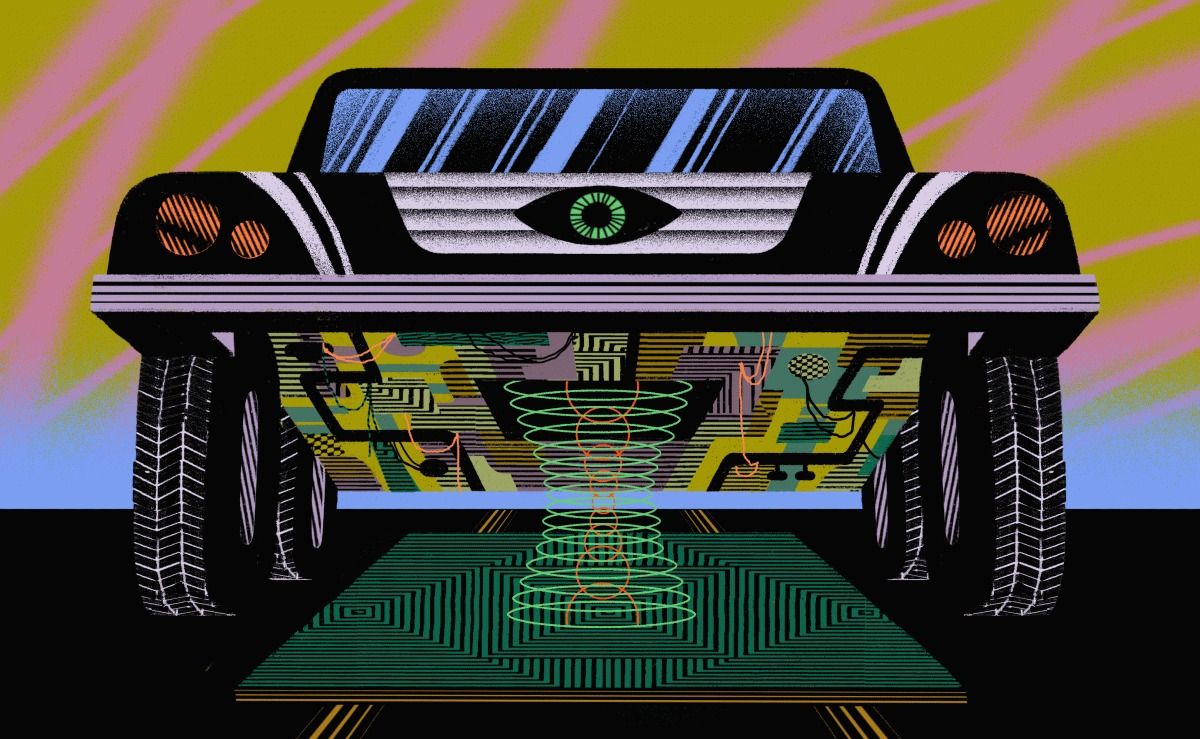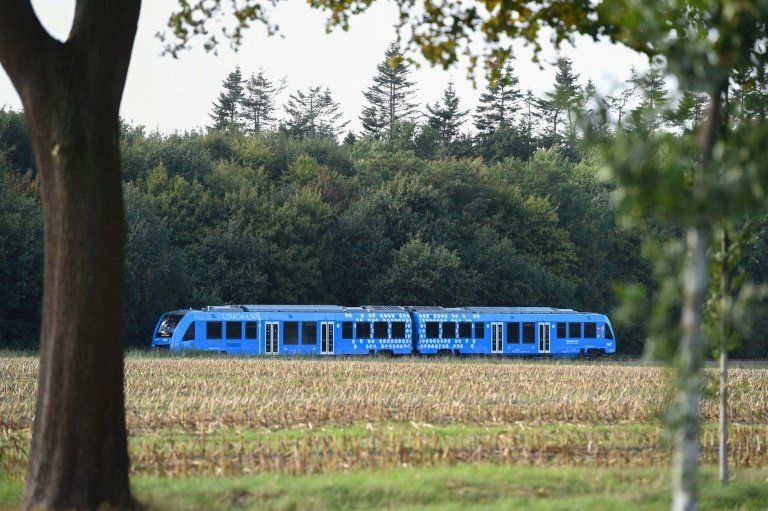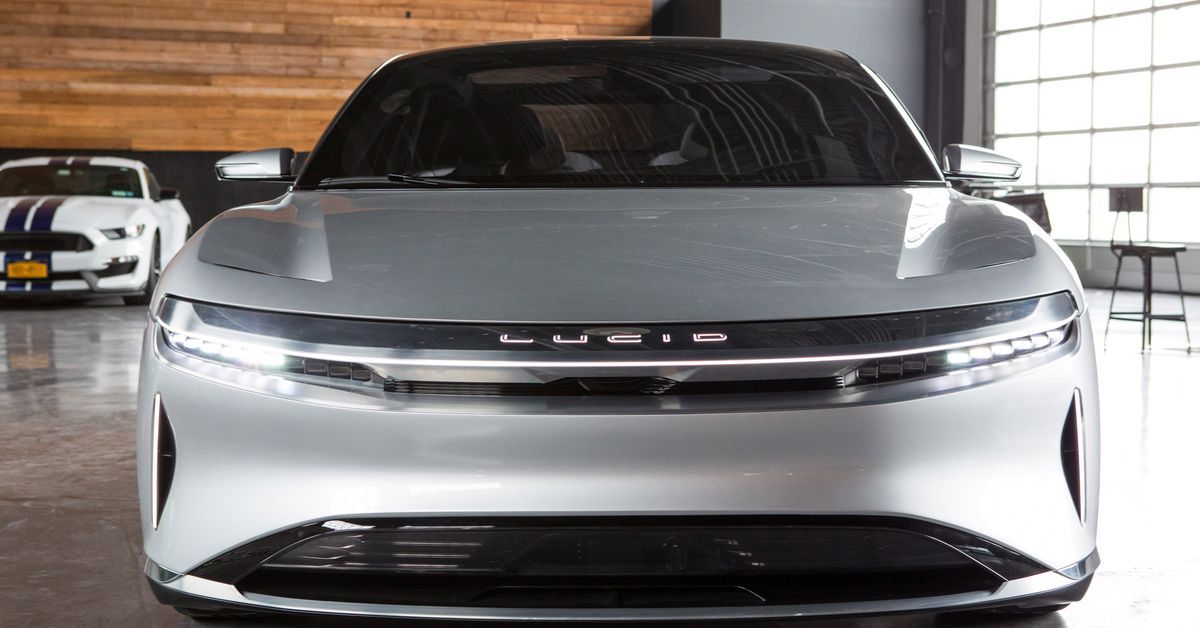Billionaire Paul Allen’s aerospace company says it’s exploring the development of a series of rocket planes that would serve as testbeds for hypersonic flight.



Stockton University will conduct a study on a proposed environmental center.
The Press of Atlantic City reports Atlantic City and the university received a $100,000 state grant last week to conduct the feasibility study on the new Marine and Environmental Science Center. According to university officials, the facility would cost about $41 million to build.
The facility would be built on a 15-acre portion of Bader Field. Stockton University’s current science facility in Port Republic was built in the early 1900s.

In the new era of generative design in architecture, engineering, and construction, designers and builders will use computers not just to describe buildings, but cocreate them.
Before GPS, if you got lost while driving your car, you had to swallow your pride and stop to ask for directions. With the help of the innate intelligence of Google Maps or Waze, you can let a machine compute the best route so you can concentrate on what’s really important—driving.
In the case of architects, engineers, and contractors, their computers will help navigate the design and construction process, so they can focus on making successful projects and great buildings as a result.


Germany on Monday rolled out the world’s first hydrogen-powered train, signalling the start of a push to challenge the might of polluting diesel trains with costlier but more eco-friendly technology.
Two bright blue Coradia iLint trains, built by French TGV-maker Alstom, began running a 100-kilometre (62-mile) route between the towns and cities of Cuxhaven, Bremerhaven, Bremervoerde and Buxtehude in northern Germany—a stretch normally plied by diesel trains.
“The world’s first hydrogen train is entering into commercial service and is ready for serial production,” Alstom CEO Henri Poupart-Lafarge said at an unveiling ceremony in Bremervoerde, the station where the trains will be refuelled with hydrogen.

If your truck is completely autonomous, why would you need a cab? Volvo Trucks believes that you don’t and that’s why they built a new all-electric and autonomous truck without a cab called Vera.
Claes Nilsson, President of Volvo Trucks, the idea behind Vera:
“The full potential of the transport industry is yet to be seen. Everything suggests that the global need for transportation will continue to significantly increase in the coming decade. If we are to meet this demand in a sustainable and efficient way, we must find new solutions. In order to secure a smoothly functioning goods flow system we also need to exploit existing infrastructure better than currently. The transport system we are developing can be an important complement to today’s solutions and can help meet many of the challenges faced by society, transport companies and transport buyers,”


Dr. Willem-Jan Renger, head of the Innovation Studio at HKU University of the Arts Utrecht, is driving citizen engagement in smart city planning using methods generally seen in computer game creation, as part of an international consortium of cities, IRIS.
Why do we need to engage citizens in urban planning?
The most important thing to know [when planning a city] is what do citizens want… What do they need? If we start talking to people, they bring key concerns that they have on their level to the table. One such concern in Utrecht was there’s some street racing going on and some nasty incidents. When we were dealing with issues that the citizens had put forward, traffic safety was something we considered combining with smart street lighting solutions by creating some clever combinations to help pedestrians to cross the street, for example, or give cars feedback on the basis of their driving.

Lucid Motors, the electric car startup that aims to compete with Tesla, will receive an eye-popping $1 billion in funding from Saudi Arabia’s sovereign wealth fund, the kingdom announced on Monday. The investment will finance Lucid Motor’s 2020 commercial launch of its first electric vehicle, the Lucid Air. Meanwhile, Tesla’s stock dipped by as much as 2 percent in early trading on news of the investment.
The deal is a major win for Lucid, which has languished over the last year as it failed to secure the funding necessary to start making its luxury electric cars. News of the talks comes weeks after Saudi Arabia purchased 5 percent of Tesla and emerged as a central player in Elon Musk’s failed effort to take the company private again. Musk cited conversations with the director of the Saudi fund as the impetus for his push to take Tesla private.

I am all for recycling of plastics but I would prefer we stop using petroleum based plastics and instead use hemp based plastics that are biodegradable. I have better materials for roads and paths that could last for hundreds of years. If you want to know more get in touch with me.
Officials with the Dutch city of Zwolle have announced the opening of a new bike path made using recycled plastic. The bike path is part of a nationwide effort to recycle more user end products. The bike path was made using a modular design called PlasticRoad by a pipe-making company called Wavin.
The idea for the bike path was conceived by Anne Koudstaal and Simon Jorritsma who work for KWS—a company that makes roads. KWS and Wavin were joined by petroleum giant Total in designing the PlasticRoad concept.
The bike path is 30 meters long and runs from Verenigingstraat to Lindestraat in Zwolle. Officials with Wavin report that the modules making up the bike path used the equivalent of a a half-million plastic bottle caps and approximately 218,000 plastic cups. Recycled plastic accounted for approximately 70 percent of the PlasticRoad material. The modules were created using a hollow design—at the top is the road surface—beneath it is a hollow area that can be used for draining. A frame holds the top and bottom pieces together. The researchers also added sensors in the hollow section to count traffic and monitor wear and tear on each module. Installation of a stretch of roadway or bike path is done by excavating the ground and then laying the modules one by one. Each module is then connected to adjacent ones to provide a seamless ride for bike riders. Wavin officials claim the modules are easy to install, very lightweight and are more durable than asphalt.